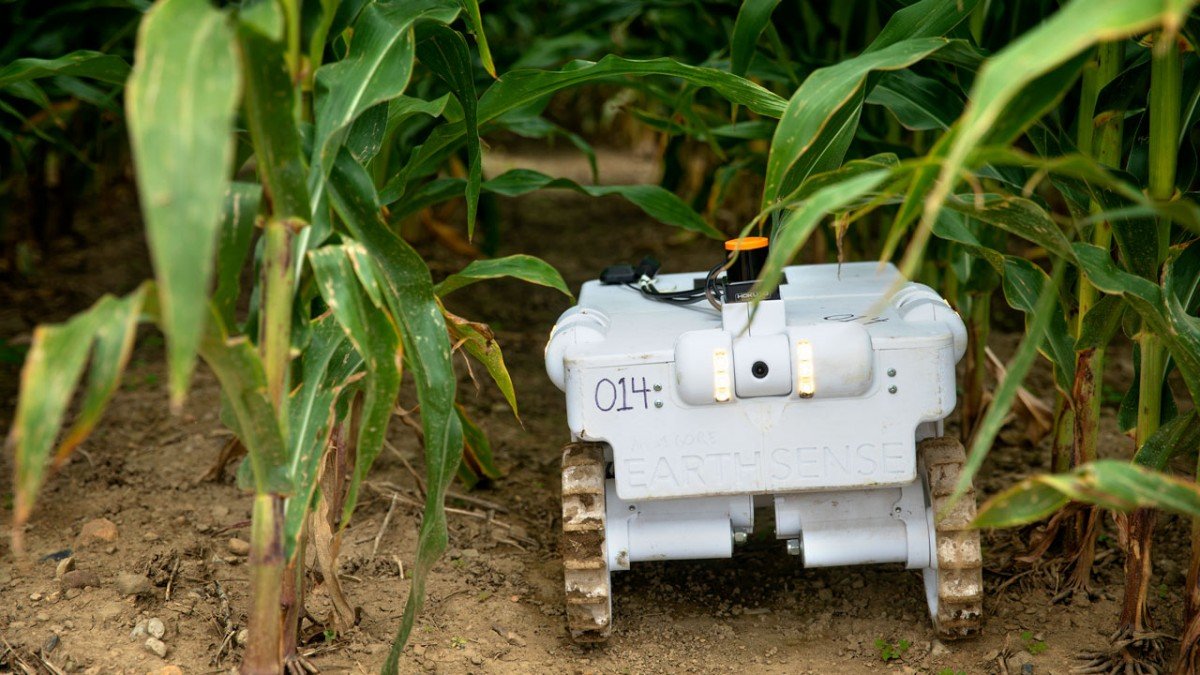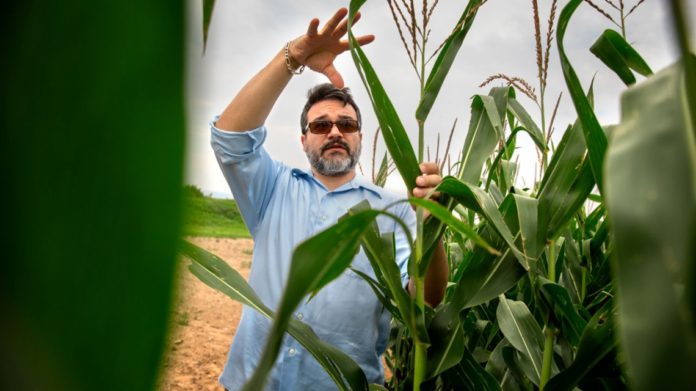Plant breeding has been continuing for a long time. However innovation – unmanned aerial vehicles (UAVs), robots, computerized reasoning (AI) and machine learning – is reforming the training.
Mike Gore, associate professor of molecular breeding and genetics for nutritional quality uses quantitative genetics, genomics, analytical chemistry, and remote sensing to explore the genetic basis of trait variation in crops such as corn, oat, and cassava.
Gore said, “One role that we plant breeders can play is to learn how to integrate these cutting-edge technologies into research programs so that we can more efficiently and effectively select [plant variations] for the high-yielding, or highly nutritious, a cultivar that can help feed the world’s population.
Feeding the world’s population: It’s a huge challenge for plant breeders. Currently, at around 7.6 billion people, Earth’s population is expected to reach around 10 billion by 2050. How will we feed all those people in an efficient and sustainable way?
During the study, scientists used rapid phenotyping- the capacity to non-dangerously measure a plant’s morphological, physiological, and biochemical properties progressively more than once throughout a growing season, rather than holding up until harvest. That could help decrease the time it takes to create crop varieties that are ideal for a specific area or atmosphere.

Scientists in the lab expect that these new technologies could help them phenotyping every day, every week, every month, to know how the plant is responding to the environment over whole growing seasons.
Scientists especially focused on corn and the development of variations that are best suited to the short growing season and weather conditions. They employ camera-wielding UAVs – drones – and four-wheeled robots to perform real-time diagnostics of scores of corn varieties at the Musgrave Research Farm in Aurora, New York, about 24 miles north of campus.
As a result, he had 3-acre cornfield contained approximately 800 highly diverse hybrids, each in two-row mini-plots, from which his team will try to identify the best varieties for growing in the upstate region.
Scientists are now developing AI for the autonomous vehicles that can count individual plants, measure plant height and check individual leaves for disease, among other tasks.
By using technology to detect key traits in midseason, Gore said, he can perhaps develop more precise breeding methods – and shorten the breeding timeline “from six to eight years to maybe four or five” as the technologies are developed.
He envisions a day when a robot or drone can not only facilitate rapid phenotyping but also detect fungal diseases or weeds and immediately dispense a fungicide or herbicide in a precise dose, at just the right coordinate in the field. And while there will always be humans on a farm, Gore thinks a role-reversal could be in the offing.
Developing a corn variety that’s best suited for upstate New York is one of many challenges Gore and researchers like him are tackling as the specter of feeding 10 billion people looms.
